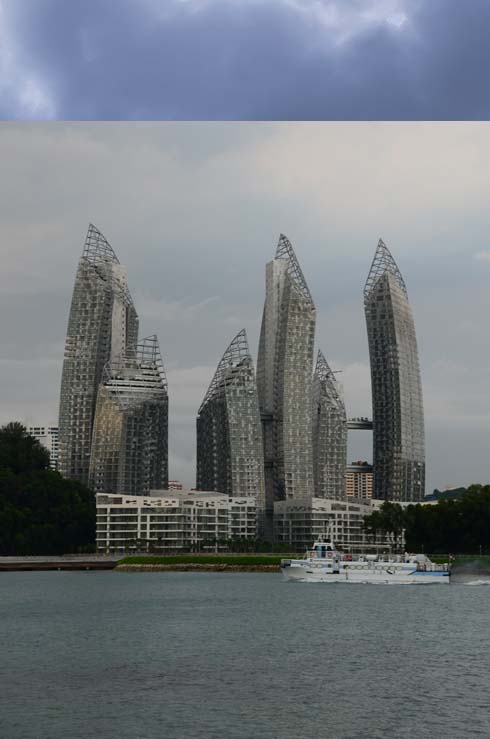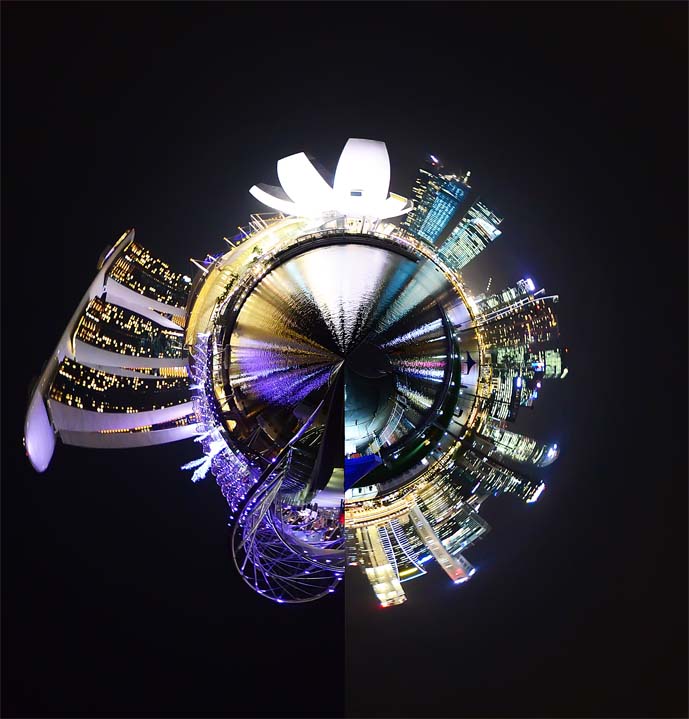|
|
| Author |
Message |
svane
Joined: 05 Feb 2012
Posts: 2
|
 Posted: Sun Feb 05, 2012 4:59 am Post subject: How do I merge (fade/blend) two surfaces together? Posted: Sun Feb 05, 2012 4:59 am Post subject: How do I merge (fade/blend) two surfaces together? |
 |
|
Hi,
I'm would really appreciate some help or tips regarding a problem I often have when manipulating photos. I often tend to want to fade two surfaces so that there is no clear edge between them. For example - let's say that I paste two different landscape images beside each other and in the left one the sky is blue but in the right one it is more grey. In the middle there is a sharp edge between the two. How do I get a fade between the two easily? I have tried to mark the part with the sharp edge and do content aware fill but that never works any good. I have also tried to smudge between the two surfaces and use the healing tool but it is a lot of work and seldom look very well.
Can anybody give me some help regarding how to do this easily?
Thanks in advance!
Best regards,
Henrik
|
|
|
|
|
 |
thehermit
Joined: 05 Mar 2003
Posts: 3987
Location: Cheltenham, UK
|
 Posted: Sun Feb 05, 2012 5:23 am Post subject: Posted: Sun Feb 05, 2012 5:23 am Post subject: |
 |
|
Welcome to the forum svane. It would probably be best to post an example of the blend you are trying to achieve with the actual source material you have. The obvious answer is to say a mask to blend the transition, but this may not help if there are also tone transition areas. Perhaps a blank layer set to colour blend mode and a 25% opacity sampling the colours from the image as you go with the brush tool. Maybe just another adjustment layer with a mask. Difficult to say without the images.
_________________
If life serves you lemons, make lemonade! |
|
|
|
|
 |
jerryb4417
Joined: 20 Dec 2008
Posts: 710
Location: Oklahoma
PS Version: photoshop cs5
OS: win7 pro 64 bit, i7-3.2g, GTS 450,
|
 Posted: Sun Feb 05, 2012 12:57 pm Post subject: Posted: Sun Feb 05, 2012 12:57 pm Post subject: |
 |
|
hi,
welcome aboard....
the hermit good...
like the hermit said need see the two images and what your tryiing to do make it easier for us to come with a good reply that works for you....especially since there different ways of doing the same thing..
a couple different ways ..
1. before you select the image to move apply feather
2. apply a mask and then either you use a black and white gradient (like thehermit suggested) or paint with black and a soft edge brush and maybe with a low brush opacity
there different ways and it depends on the image what may work best..
|
|
|
|
|
 |
svane
Joined: 05 Feb 2012
Posts: 2
|
 Posted: Mon Feb 06, 2012 12:57 pm Post subject: Posted: Mon Feb 06, 2012 12:57 pm Post subject: |
 |
|
Hi, and thank you guys for responding so quickly!
At the moment I actually don't have any 'real case' that I am working with so I had to create a couple of images which will have to simulate what I am trying to do. Unfortunately they don't illustrate the problem the way I remember it very well but they will have to do.
In image 1.jpg I want to get rid of the line in the sky in the middle below (hope you udnerstand what I mean). I have been able to do that by hand by smearing and cloning but it takes forever and still doesn't look perfect I think. I was hoping there would be some quick way of doing it.
In image 2.jpg (please ignore the fact that it is a very stupid example and will be an ugly result with the sky - it's just to illustrate the problem) the problem is illustrated in the sky where it should fade out to the pattern on the top.
Again - it is of course doable by cloaning and smearing to some extent but I do not feal that the result will be very good and above all it will take a long time to do. Content aware fill does not seem to do the trick either - at least not the way I do it.
Again - I hope you understand what I mean and please disregard that the examples are kind of stupid.
Best regards,
Henrik
| Description: |
|
| Filesize: |
54.34 KB |
| Viewed: |
1935 Time(s) |

|
| Description: |
|
| Filesize: |
98.6 KB |
| Viewed: |
1935 Time(s) |

|
|
|
|
|
|
 |
|






